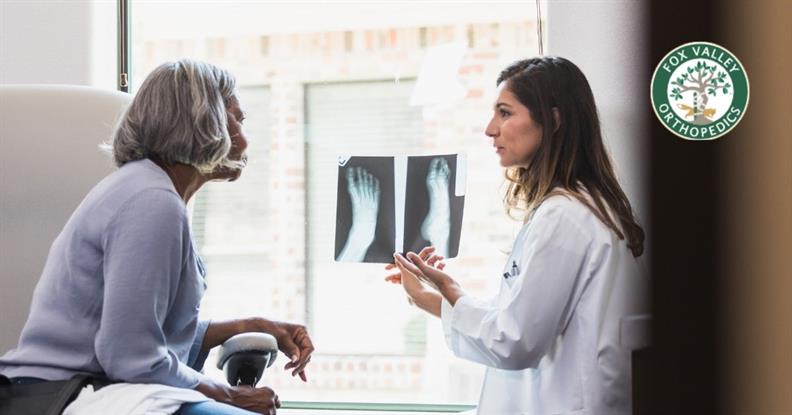If the Shoe Fits…
- Category: General
- Posted On:
- Written By: Eric K. Bartel, MD

As essential as an accurate diagnosis and treatment of an injury is, it is just as important to prevent them. This includes balanced nutrition, regular exercise, a thorough stretching program and appropriate, properly fitting shoes.
Show wear is an often overlooked, easily improvable means to healthy feet. Shoes are designed not only for fashion, but also for function. They can provide comfort and improve performance in everything from normal walking to competitive sports. When considering shoes, there are ten points to good show fit to remember. As recommended by the American Foot and Ankle Society when buying shoes, one needs to remember:
1. Measure both feet each time you shop.
Feet naturally lengthen and widen over time. With use, foot size changes during the day as well as over a lifetime. In addition, for most people, one foot tends to be larger than the other and this can range from a half size to a full size. Measure to fit the larger foot for maximal comfort.
2. Shoe sizes are not standard.
Sizes vary by brand and style. Your show size may vary a whole size depending on the brand. Shop in a range rather than in a specific number and seek advice from properly trained store personnel.
3. Select shoes that conform to your individual foot shape.
Different shoes by style and brand also vary in shape. Some may flare inward or outward or be perfectly straight. In order to recognize your foot size, trace your foot on a price of paper. Hold the tracing against the sole of a shoe. The shapes should be similar in order to have the best fit.
4. Shoes should be chosen appropriately for activity as well as time that the activity is performed.
If looking for running shoes, shop these shoes as close to your work out time as possible, since size of the foot can vary during the time of the day. In addition, for work shoes, if your job involves standing for long periods of time, shop at the end of your shift in order to fit most appropriately.
5. Stand during the fitting process and allow 3/4 to 1/2 inch beyond the longest toe in the shoe.
Your feet tend to elongate during walking or running and need extra space to avoid impingement or irritation. Also, for many people, the longest toe is actually the second or third rather than the great toe and the show should be measured from these.
6. Be sure the widest part of your foot matches the widest part of the shoe.
If the shoe is appropriately matched in width to your foot, the shoe will tend to bend when the foot bends and give the greatest comfort and performance.
7. Don’t purchase shoes that are too tight in the store expecting them to stretch out after you leave the store.
Shoes should feel comfortable during the trying on period in the store. Shoes are generally not designed to stretch out over time and usually don’t improve in fit once you have bought them.
8. Your heel should fit comfortably in the shoe with minimal slippage.
Shoes are naturally designed to have mild slippage in the heel due to normal foot motion. However, this should not be uncomfortable or feel unstable in the store.
9. Walk in both shoes in the store to assure comfort.
This doesn’t mean going for a jog around the store, however a minimal ten steps back and forth will give an adequate impression.
10. Orthotics affect the fit of the show.
If any type of insert or orthotic is to be used, this will take up space intended for the foot. If you wear orthotics, you will most likely need a roomier show and you should bring orthotics when shopping for shoes.
When buying shoes, it is important to take time for proper fit. In the long run, this can prevent injury and maximize comfort. When your feet feel good, you can perform at your best.



